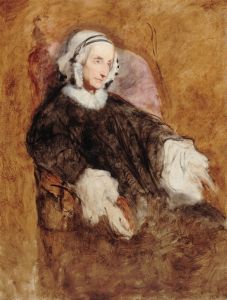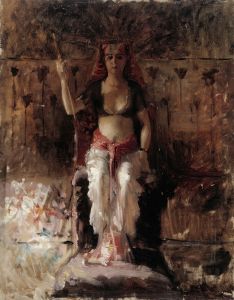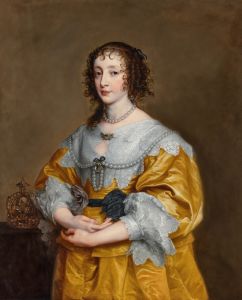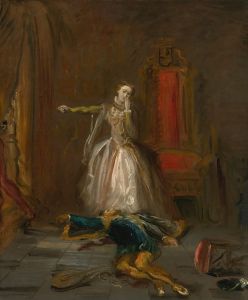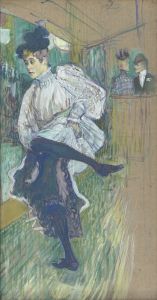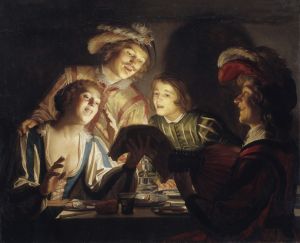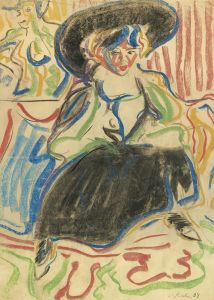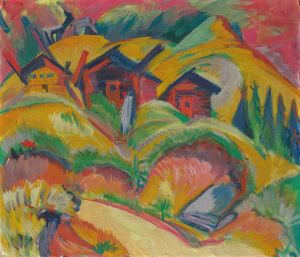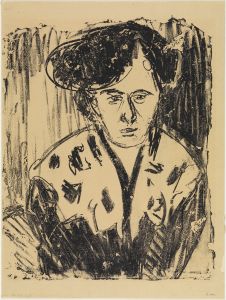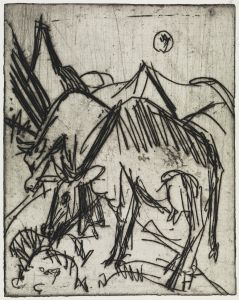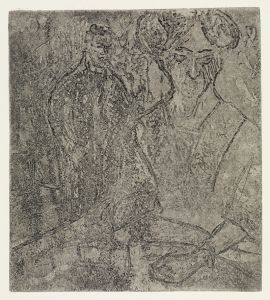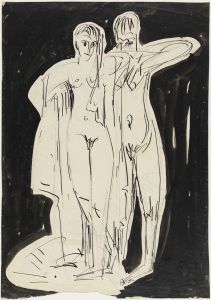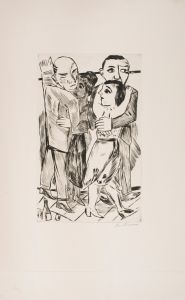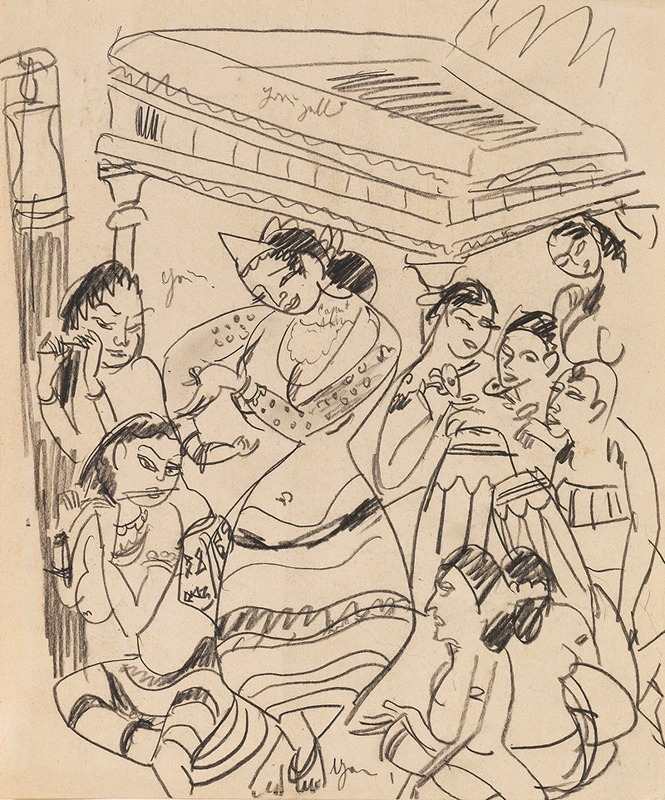
Tanzende Königin Sivali und Musikerinnen
A hand-painted replica of Ernst Ludwig Kirchner’s masterpiece Tanzende Königin Sivali und Musikerinnen, meticulously crafted by professional artists to capture the true essence of the original. Each piece is created with museum-quality canvas and rare mineral pigments, carefully painted by experienced artists with delicate brushstrokes and rich, layered colors to perfectly recreate the texture of the original artwork. Unlike machine-printed reproductions, this hand-painted version brings the painting to life, infused with the artist’s emotions and skill in every stroke. Whether for personal collection or home decoration, it instantly elevates the artistic atmosphere of any space.
Ernst Ludwig Kirchner, a prominent German expressionist painter and one of the founding members of the influential art group Die Brücke, created the painting "Tanzende Königin Sivali und Musikerinnen" during a period marked by his exploration of non-European art forms and a fascination with movement and dance. Kirchner, born in 1880 in Aschaffenburg, Germany, was a pivotal figure in the expressionist movement, known for his vivid use of color and dynamic compositions that sought to convey emotional experience rather than physical reality.
The painting "Tanzende Königin Sivali und Musikerinnen," which translates to "Dancing Queen Sivali and Female Musicians," reflects Kirchner's interest in the themes of dance and music, which were recurrent in his work. This interest was partly inspired by his exposure to the burgeoning dance scene in early 20th-century Germany, as well as his admiration for the expressive potential of the human form in motion. Kirchner's works often depicted dancers and performers, capturing the energy and rhythm of their movements with bold brushstrokes and vibrant colors.
Kirchner's style was heavily influenced by his study of non-Western art, particularly African and Oceanic art, which he encountered through ethnographic museums and collections in Germany. This influence is evident in the stylized forms and exaggerated features of the figures in "Tanzende Königin Sivali und Musikerinnen," which echo the aesthetics of the art forms he admired. The painting's composition, with its dynamic arrangement of figures and use of contrasting colors, exemplifies Kirchner's expressionist approach, aiming to evoke an emotional response from the viewer.
The subject of the painting, Queen Sivali, is not widely documented in historical texts, suggesting that Kirchner may have drawn inspiration from a variety of sources, including mythology, literature, or his imagination. The inclusion of musicians alongside the dancing queen highlights the integral role of music in enhancing the performative aspect of dance, a theme that Kirchner explored in several of his works.
Kirchner's career was significantly impacted by the socio-political upheavals of his time. The outbreak of World War I and the subsequent turmoil in Germany affected his mental health and artistic output. Despite these challenges, Kirchner continued to produce art that pushed the boundaries of traditional representation, contributing to the development of modern art in the early 20th century.
"Tanzende Königin Sivali und Musikerinnen" is a testament to Kirchner's innovative spirit and his ability to synthesize diverse influences into a cohesive artistic vision. The painting remains an important example of expressionist art, illustrating Kirchner's mastery of color, form, and composition to convey the vibrancy and dynamism of human expression. Today, Kirchner's works are celebrated for their boldness and emotional depth, and they continue to be studied and appreciated for their contribution to the evolution of modern art.





